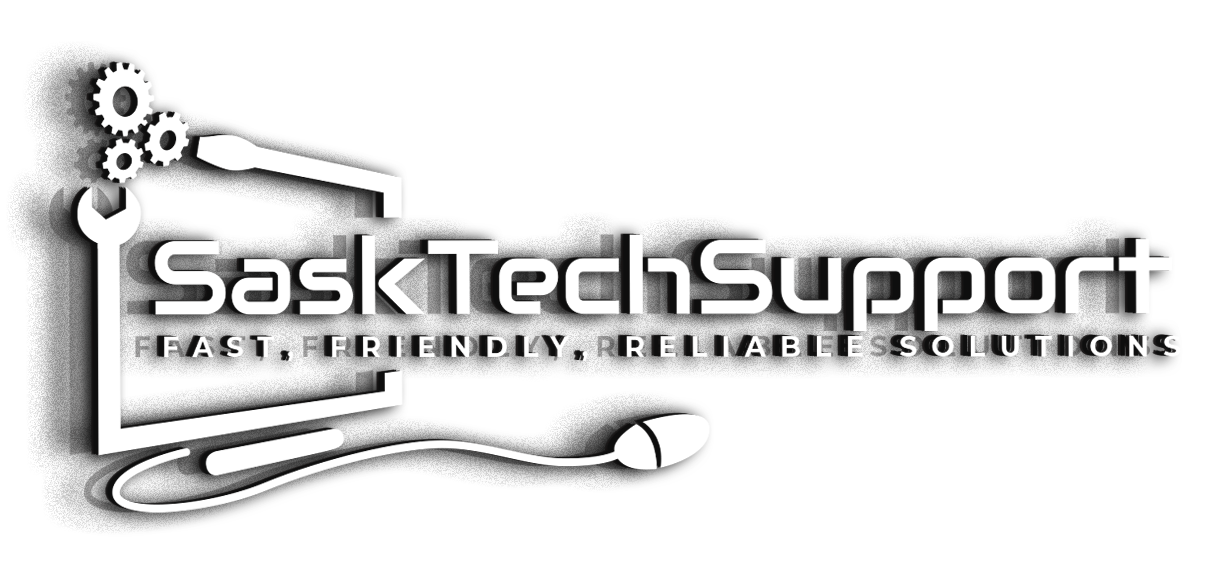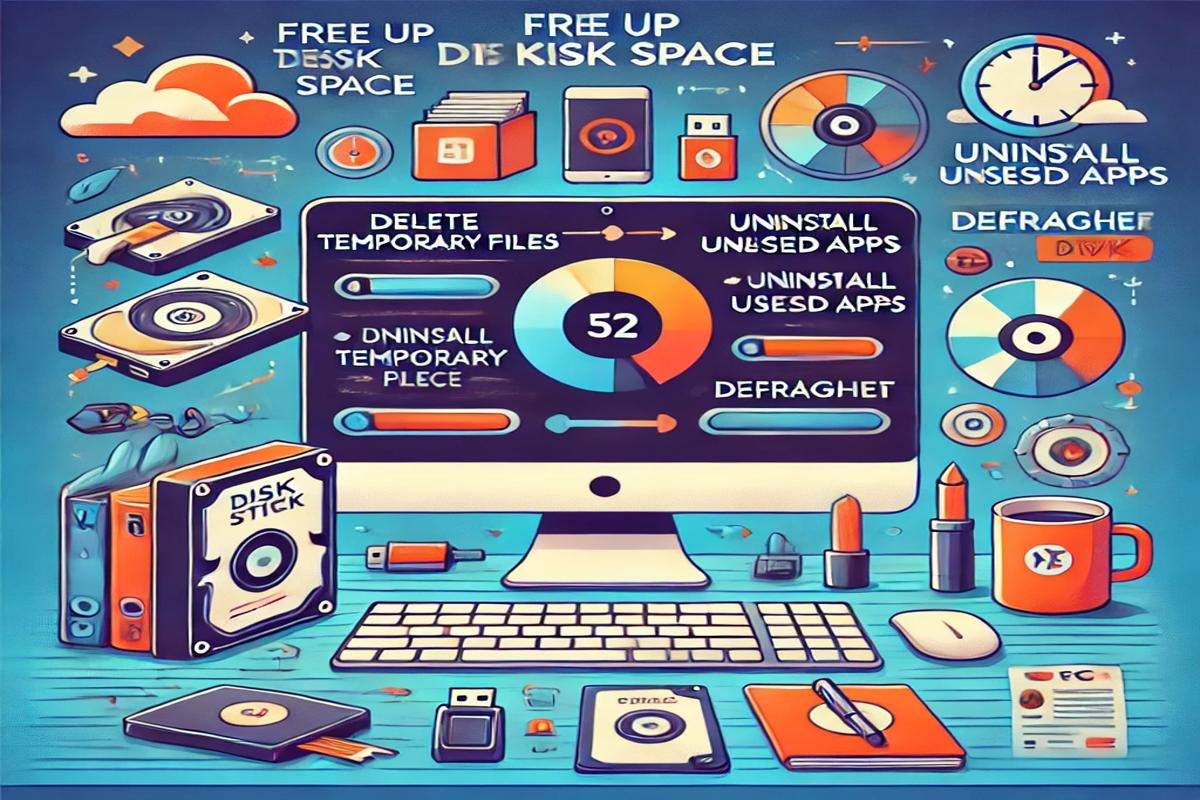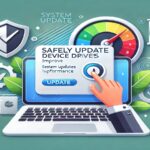In today’s fast-paced digital world, maintaining optimal PC performance is crucial. Over time, as we install programs, download files, and accumulate data, our computer’s storage can become cluttered, impacting its speed and efficiency. Freeing up disk space not only declutters your storage but also enhances the overall performance of your PC. Here are seven effective ways to reclaim disk space and boost your computer’s speed.
1. Uninstall Unnecessary Programs
Over time, many PCs accumulate software that is rarely, if ever, used. These programs take up valuable space and may even run background processes that slow your computer.
- Steps to Uninstall Programs:
- Open the Control Panel or Settings menu.
- Navigate to Programs and Features.
- Review the list of installed software.
- Select unused or unnecessary programs and click Uninstall.
Focus on removing trial software, pre-installed apps, or outdated programs. Tools like Revo Uninstaller can assist in removing stubborn applications completely, ensuring no residual files are left behind.
2. Clean Temporary and Junk Files
Temporary files, cache, and leftover data from uninstalled programs can occupy significant disk space. Cleaning these files can quickly free up storage.
- How to Clean Junk Files:
- Use the built-in Disk Cleanup Tool:
- Open Start Menu, type
Disk Cleanup, and run the application. - Select the drive you want to clean (usually
C:) and let the tool scan for unnecessary files. - Check items like Temporary Internet Files, System Cache, and Recycle Bin contents before clicking OK.
- Open Start Menu, type
- Alternatively, third-party tools like CCleaner provide an automated way to remove junk files and optimize your PC.
- Use the built-in Disk Cleanup Tool:
3. Enable Storage Sense
Windows 10 and 11 include a feature called Storage Sense that automatically manages disk space by deleting unneeded files.
- To Enable Storage Sense:
- Go to Settings > System > Storage.
- Toggle on Storage Sense.
- Customize its settings to automatically clean temporary files, empty the Recycle Bin, and manage cloud storage usage.
Enabling this feature can significantly reduce manual effort in maintaining a clutter-free disk.
4. Delete Large Files and Folders
Large files such as videos, ISO images, or high-resolution photos often consume a significant portion of your disk space.
- Steps to Identify and Remove Large Files:
- Use built-in tools like File Explorer:
- Open This PC, and in the search bar, type
size:>1GBto locate large files. - Sort results by size and decide what to delete or move to external storage.
- Open This PC, and in the search bar, type
- Alternatively, tools like WinDirStat provide a visual representation of disk usage, making it easier to identify space hogs.
- Use built-in tools like File Explorer:
Transfer non-essential files to external hard drives or cloud storage services like Google Drive or Dropbox for safekeeping.
5. Disable Hibernation
Hibernation mode saves the current state of your PC to the hard drive, creating a file (hiberfil.sys) that can consume several gigabytes of space. If you don’t use this feature, disabling it can free up space.
- How to Disable Hibernation:
- Open the Command Prompt with administrator privileges.
- Type the command:
powercfg -h offand press Enter.
This action will delete the hibernation file and prevent the system from creating it in the future.
6. Move Files to External or Cloud Storage
If your internal disk space is limited, relocating files to external or cloud storage can be a game-changer.
- Best Practices:
- Invest in an external hard drive or SSD for offline backups.
- Use cloud storage services like OneDrive, Google Drive, or Dropbox for convenient, secure access to files from anywhere.
- Regularly transfer media files, archives, and infrequently accessed data to these alternative storage options to keep your internal drive lean and efficient.
7. Manage System Restore Points
System Restore is a valuable tool for recovering your PC in case of issues, but excessive restore points can take up unnecessary space.
- Steps to Manage Restore Points:
- Open System Properties.
- Go to the System Protection tab.
- Click Configure and adjust the disk space usage for restore points.
- Optionally, delete older restore points to free up space while retaining the most recent ones.
Limiting the disk space allocated to System Restore ensures that it doesn’t unnecessarily burden your storage capacity.
Conclusion
By following these seven strategies, you can effectively free up disk space and significantly boost your PC’s performance. Regular maintenance is key to ensuring that your computer runs smoothly and efficiently over time. Whether it’s uninstalling unnecessary programs, cleaning junk files, or leveraging external storage, these steps will help you achieve a faster, more responsive PC.
















